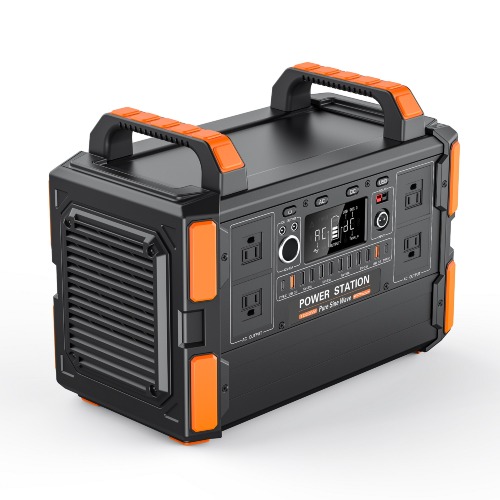Power lithium iron phosphate gel batteries are known for their relatively low maintenance compared to some other battery types, but they still require some care to ensure optimal performance and longevity. Here are some maintenance considerations for LiFePO4 gel batteries:
Regular Inspection: Periodically inspect the batteries for signs of physical damage, leaks, or corrosion on terminals. If any issues are detected, address them promptly.
Cleanliness: Keep the battery and its surroundings clean and free from dust, dirt, and debris. A clean battery environment can help prevent contamination and potential short-circuits.
Temperature Control: While LiFePO4 batteries are more stable in terms of temperature compared to some other lithium-ion chemistries, avoiding extreme temperatures (both high and low) can help prolong battery life. If possible, store and operate the batteries within the recommended temperature range.
Charge and Discharge: LiFePO4 batteries do not suffer from the memory effect like some other battery types, but it's still a good practice to avoid deep discharges and excessive overcharging. Follow the manufacturer's recommended charge and discharge voltage limits.
Charge Regularly: LiFePO4 batteries have a lower self-discharge rate compared to other chemistries, but it's advisable to charge them regularly if they're not in use for extended periods. Keeping the batteries at a reasonable state of charge helps prevent over-discharge.
Avoid Overcharging: While LiFePO4 batteries are less prone to overcharging-related issues, it's still important to use a suitable charger that is designed for LiFePO4 batteries. Avoid leaving the batteries connected to the charger for extended periods after they are fully charged.
Equalization: Some LiFePO4 batteries may benefit from occasional equalization charging, which involves discharging and then fully charging the battery to help balance cell voltages. However, not all LiFePO4 batteries require this, so consult the manufacturer's recommendations.
Use Original or Compatible Chargers: Use chargers recommended by the battery manufacturer or chargers specifically designed for LiFePO4 batteries. Using incompatible chargers can damage the battery and compromise its performance.
Storage: If you plan to store LiFePO4 batteries for an extended period, charge them to around 50-60% of their capacity before storage. This helps prevent over-discharge during storage.
Ventilation: If the battery emits gas during charging or use, ensure proper ventilation in the storage area to disperse any potentially harmful gases.



 English
English Español
Español

